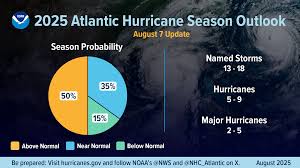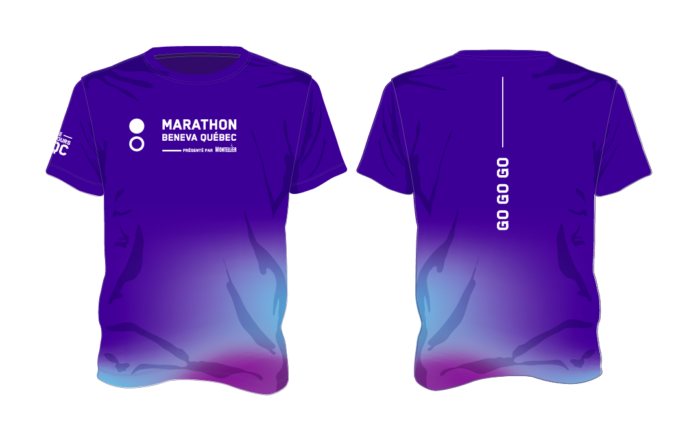
Introduction
The National Oceanic and Atmospheric Administration (NOAA) plays a critical role in hurricane forecasting and preparedness in the United States. As severe weather events become increasingly unpredictable due to climate change, NOAA’s data and forecasts are essential for public safety and disaster response. The significance of NOAA’s work cannot be overstated, especially as communities along the Atlantic and Gulf coasts brace themselves each hurricane season, which runs from June 1 to November 30.
Recent Developments in Hurricane Forecasting
This year’s hurricane season has already highlighted NOAA’s advancements in predicting storm behavior. In September 2023, NOAA released its updated hurricane forecast models, which incorporate state-of-the-art technology and artificial intelligence. This upgrade improves accuracy in tracking storm paths and intensity shifts, ensuring timely warnings for those in vulnerable areas.
During a recent press conference, NOAA Administrator Rick Spinrad emphasized that the new models show promise for providing advanced notice, potentially saving lives and reducing damages from these natural disasters. For instance, NOAA was able to predict Hurricane Ida’s landfall intensity with greater precision, which helped emergency management teams mobilize resources effectively.
Community Preparedness Initiatives
In addition to forecasting, NOAA is actively engaged in public education on hurricane preparedness. This includes updating the hurricane preparedness guide, which outlines essential safety tips, evacuation routes, and emergency supply lists. The guide provides vital information for residents in hurricane-prone areas to take action well ahead of a disaster.
Furthermore, NOAA collaborates with local agencies and community organizations to host workshops on disaster preparedness. These initiatives have gained traction recently, with increased attendance reported in coastal towns as more residents recognize the importance of being proactive. In a 2023 survey conducted by NOAA, 75% of participants indicated they feel more equipped to handle severe weather after attending these sessions.
Conclusion
As the hurricane season progresses, NOAA’s contributions in forecasting and community preparedness underscore its vital role in safeguarding lives and property. With increased collaboration with local communities, the agency is working to enhance resilience against future storms. The emphasis on advanced modeling and public education is paving the way for a more informed public, capable of responding effectively to hurricanes. Looking forward, NOAA’s ongoing research and technological advancements are expected to further improve hurricane forecasting, ultimately aiding in disaster mitigation and community safety.


